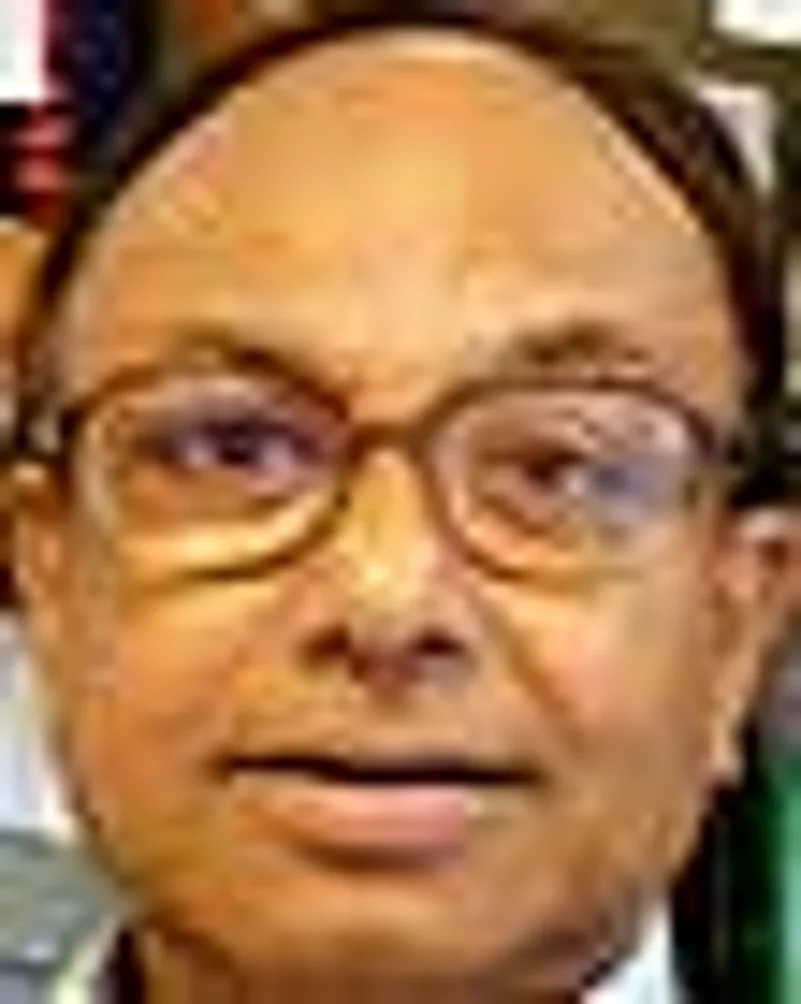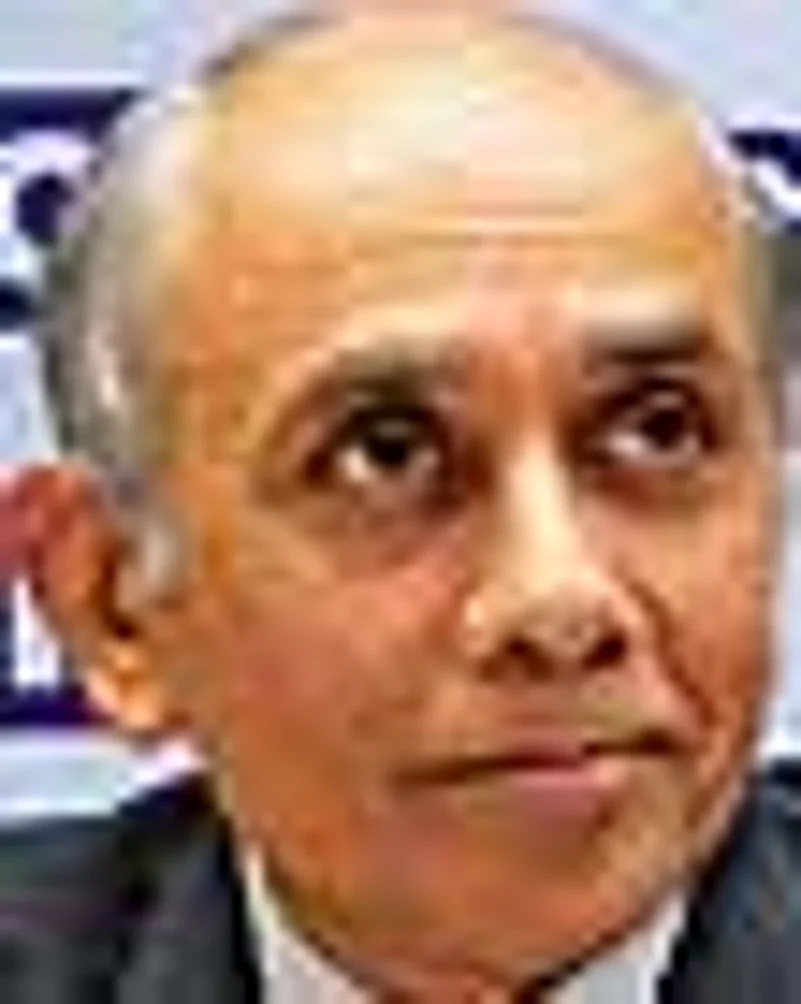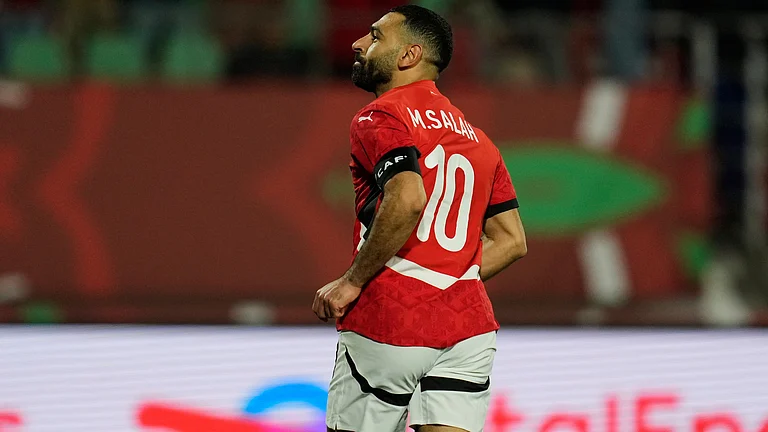Delhi Declaration
- Demands a greater say for developing economies in IMFand World Bank
- Wants enhanced flow of finances from World Bank to developing nations
- Supports a domestic, Syrian-led political process to resolve the civil war there
- Calls for reducing tensions in West Asia, easing pressure on Iran
- Urges international community to remain engaged in Afghanistan for at least another decade
***
Fresh from a successful trip to Seoul where he added value to an international Nuclear Security Summit by throwing in a bilateral pow-wow, Dr Manmohan Singh was all focused to host the fourth BRICS summit in Delhi. It could have been the perfect occasion for the beleaguered PM to turn his attentions from the domestic woes of the past months, sit back and discuss India’s role in global affairs with fellow leaders from the world’s emerging economies.
But a full-blown debate on corruption in the armed forces with a serving army chief stoking the fires was hardly the ideal backdrop. Sitting at the head of the podium at the well-fortified, sprawling Taj Palace Hotel in Delhi, with heads of government from Brazil, China, Russia and South Africa by his side, the PM must have been a trifle disappointed. For the debate raging in Parliament and dominating the TV channels was not the fate of the developing world, but the future of his UPA coalition government.
“It’s a good thing...visitors to the summit got first-hand knowledge of how democracy functions in India,” says an Indian diplomat, tongue firmly in cheek, in an obvious attempt to downplay the ongoing controversy. One is not so sure, though, whether these lessons in democracy were going down as well with all the visitors. BRICS is often described by detractors as a disparate group which has among its members Brazil and South Africa, two democracies, but also China and Russia, countries that follow a very different political system and whose democratic credentials are still a little suspect. Such ‘diversity’ has raised questions in the past too, on whether the group can ever act as a cohesive unit, indeed bring about any meaningful change in the existing world order.

| “There’s been a 29 per cent increase in intra-BRICS trade in the last year...this is a very encouraging sign.” Pranab Bardhan, Economist |

| “The cycle of hope is with the BRICS countries. They will grow, and also help the world economy to grow.” N. Ravi, Ex-secretary, MEA | ||

| “As economies of some BRICS states slow down, their political differences will be harder to paper over.” Walter Ladwig, RUSI Fellow |
“BRICS is a highly heterogeneous group of countries, the idea artificially concocted by a Goldman Sachs official without much of a hard basis in reality,” says Pranab Bardhan, who teaches economics at Berkeley University, before adding, “but, of course, life imitates art.”
Before you get confused with acronyms—there are many such groupings, like IBSA (India, Brazil, South Africa), RIC (Russia, India, China) or G-20 (a grouping of 20 countries, both developed and developing economies of the world, including India)—it may be pointed out that a decade back when it was first coined as BRIC without the ‘S’ (South Africa was not in it) by the aforementioned Sachs executive, it did catch the imagination of the world. For these were among the fastest developing and emerging economies with huge potential as investment destinations and markets for the world. But it took the leaders nearly eight years after it was coined to hold their first summit in Russia’s Yekaterinburg in 2009. It has since turned into an annual event and this time India played the host.
“The cycle of hope is with the BRICS countries,” says N. Ravi, former secretary in the ministry of external affairs, who is understandably enthusiastic about its potential. He argues that with Europe and the US showing little signs of recovery, the five countries are not only leaders of the emerging economies but in the near future also the potential engine for a global recovery. “They will grow themselves and also help the world economy to grow,” adds Ravi.
There is much to bolster this argument: the BRICS together account for not only a huge landmass but also over 40 per cent of the world’s population and over 25 per cent of its economic output. If most member countries can continue with their steady economic growth for the next decade-and-a-half, they may conceivably become the leading economies of the world.
As a corollary, even intra-BRICS trade is on a high these days. “There’s been a 29 per cent increase in intra-BRICS trade in the last year. This is a very encouraging sign,” Nomaxabiso Majokweni, chief executive officer of Business Unity South Africa, told Outlook. Of course, hurdles remain vis-a-vis market accessibility and even transparency, which remains a major problem, especially in countries like China. “But if the governments remain as committed as the business community, these can be easily removed and lead the way for far greater trade and investment among BRICS members,” Majokweni adds.
Sceptics, however, argue that BRICS’s ability to function as a substantive political grouping is hindered by inherent contradictions and rivalries among member states. “Even in the realm of global economic governance—which is their core issue of agreement—BRICS members couldn’t adopt a common position to keep Europe from its traditional role as head of the IMF,” says Walter Ladwig, visiting fellow at the Royal United Services Institute, a British defence and security think-tank.
Ditto with the World Bank, where traditionally a US nominee has held the top job and is likely to remain so, what with President Obama backing Korean-American candidate Jim Yong Kim for the post. There was no common candidate from the BRICS for this one either.
Beyond this, China’s relative dominance prevents others in the BRICS from interacting as equals. While, Brazil, Russia and India overwhelmingly export raw material to China, cheap, manufactured goods that the Chinese sell them back often adversely affect their domestic industries. Such concerns do get reflected in the large number of anti-dumping cases against China that members of the bloc have lodged, including over 100 by India. Recently, Brazil sided with the US and European countries to hold a symposium at the wto in Geneva against currency manipulation by China. There are other differences too. While India, Brazil and South Africa are all aspirants for a UN Security Council seat, China is opposed to an expansion of the council to take in new members. “As the economies of some of the BRICS nations slow down, these political differences will be harder to paper over,” Ladwig cautions.
It seems in the hype about the collective economic strength of the BRICS states, it is often forgotten that together they also hold the largest number of poor people in the world—where barring China and to some extent Brazil, the track record of the other members to improve the lot of their weaker sections has not been significant.
“It is partly because of the low base that they are starting from,” says Shaun Breslin of the political and international studies department at Warwick University. “They have made great progress and had rapid growth for a while now.... But when you are starting from a very poor base level, it is a long way to go to even get to levels of moderate wealth (in per capita terms). It’s also perhaps due to the distribution of wealth within individual countries,” he adds.
This is an issue that worries many other experts too—for despite regular pronouncements from BRICS states on “sustainable and equitable growth”, in real terms it has not made a big enough difference to the people in the member countries.
“Of the five countries, China and Brazil have been most successful in reducing poverty,” says Bardhan. According to him, India’s success, though significant, has not been as dramatic. But he points out that for India in particular, a major danger is that the political backlash against rising inequality may result in more populism, which may hurt growth as well as divert attention away from the massive need for pro-poor long-term investments—in transport, education, health etc—and towards more short-term handouts and subsidies.
So what is the future of BRICS and, more importantly, will it hold together to make a difference? Some feel it’ll continue to be annual meetings for the leaders, issuing statements with tough messages to change the world order (but in real terms lacking the effective punch). That is, however, a sceptic’s point of view. There are many others who feel encouraged with the progress BRICS has made in the last four years. They fell the bloc has matured, can only go from strength to strength from here. The world is watching.

























